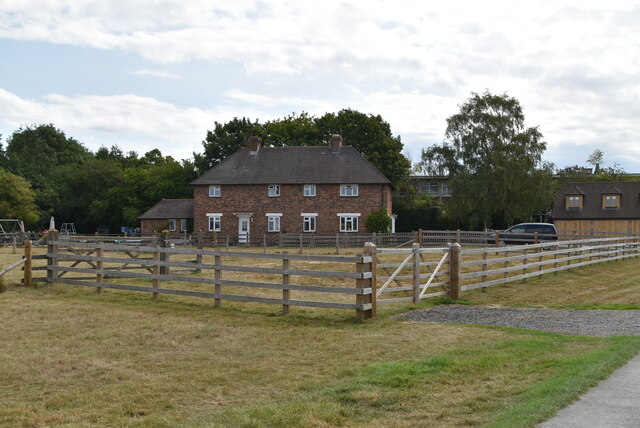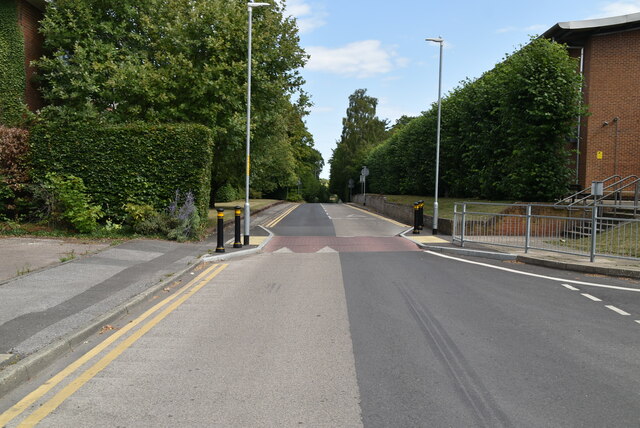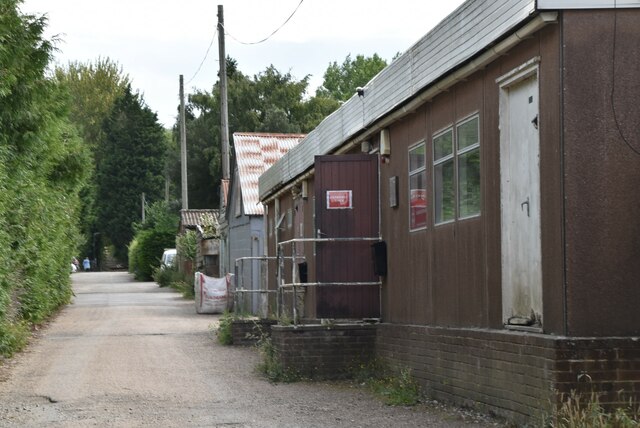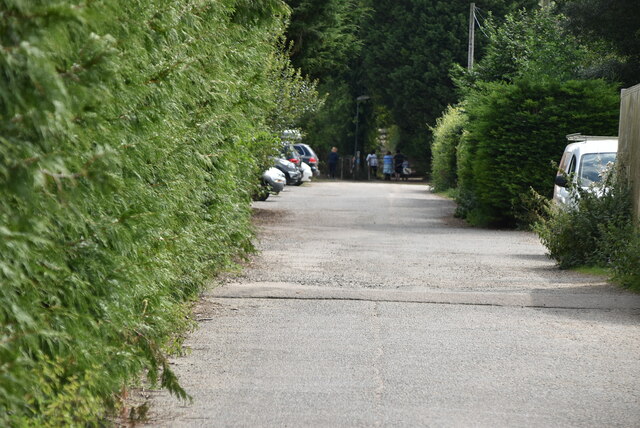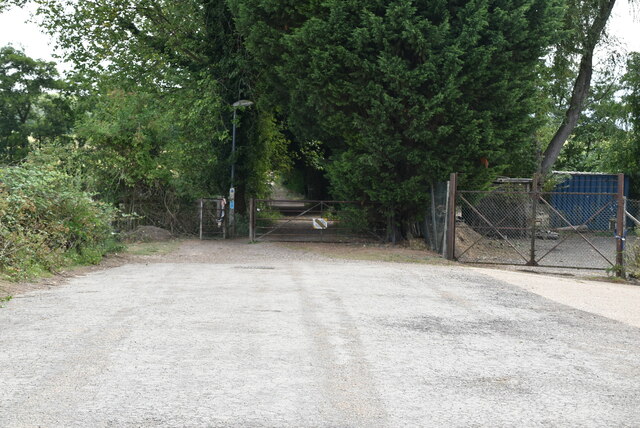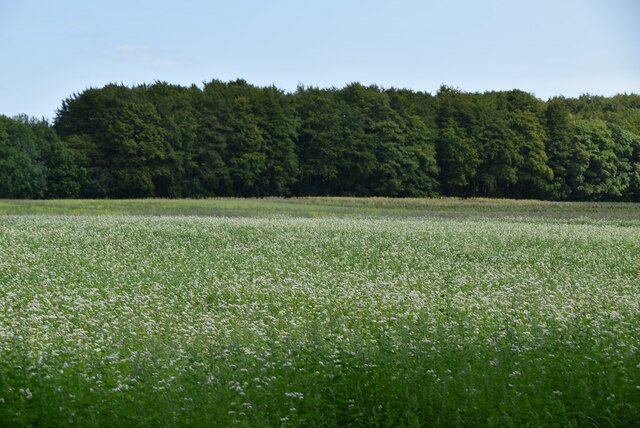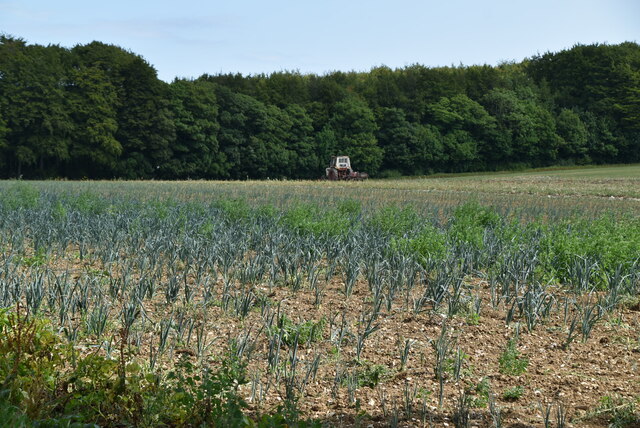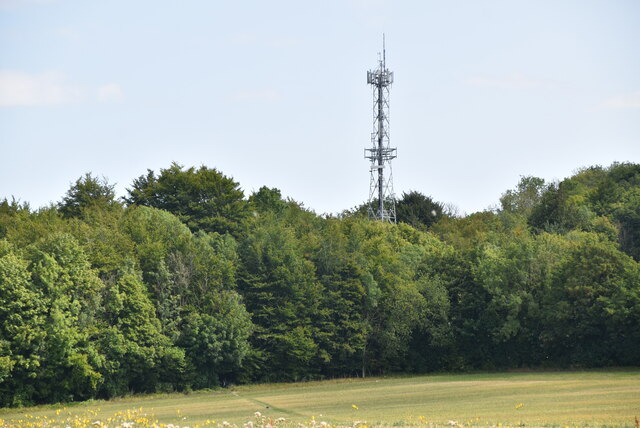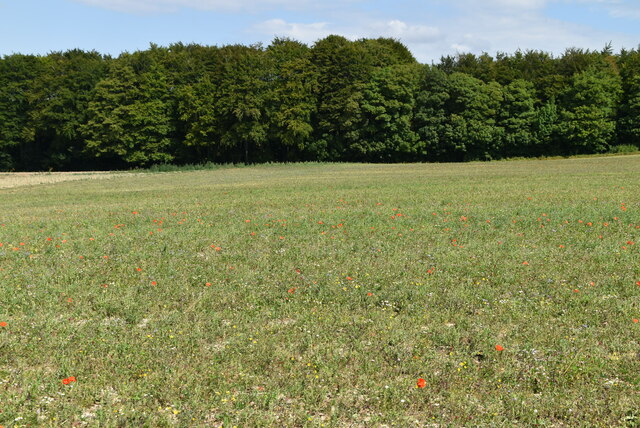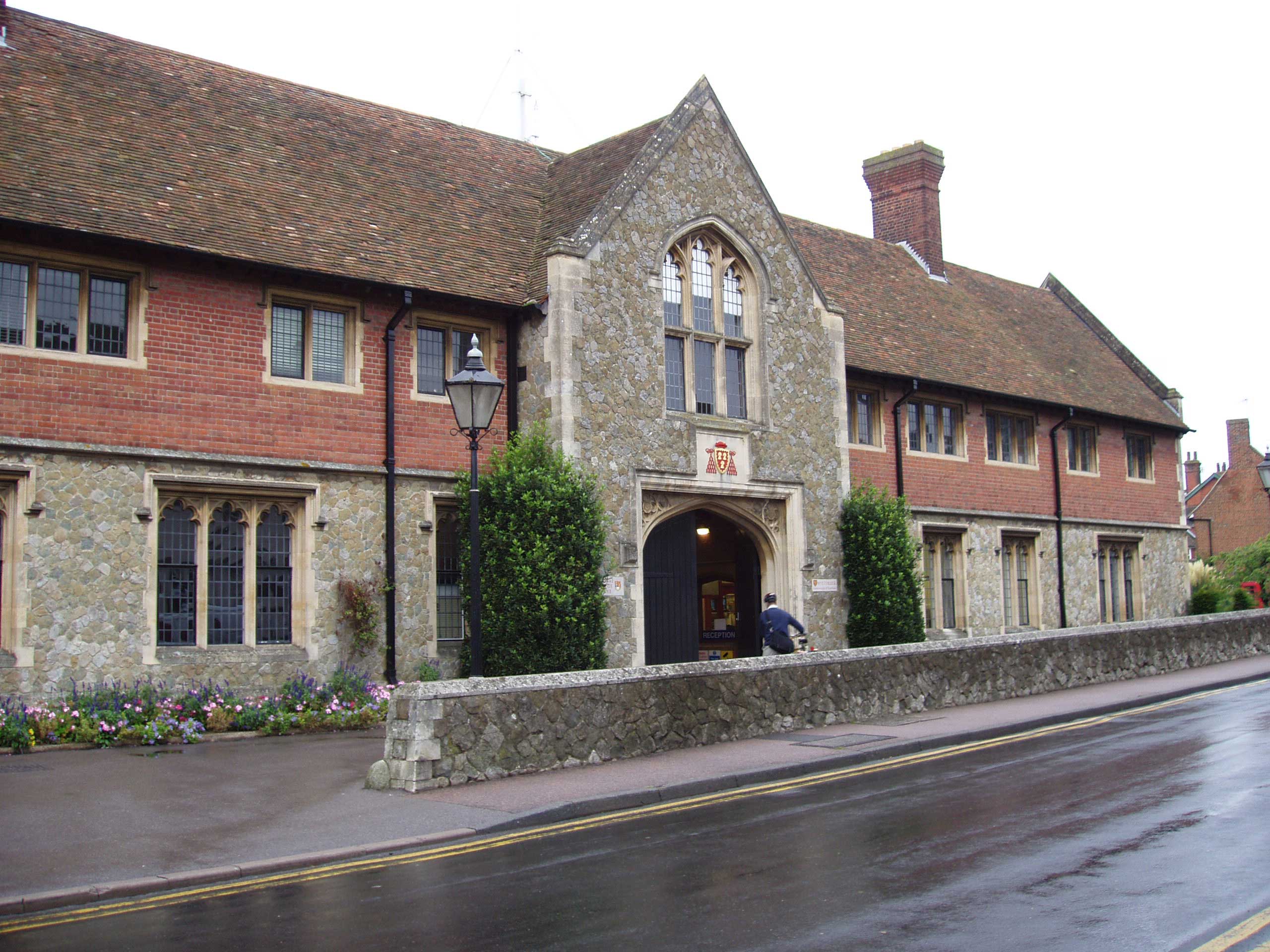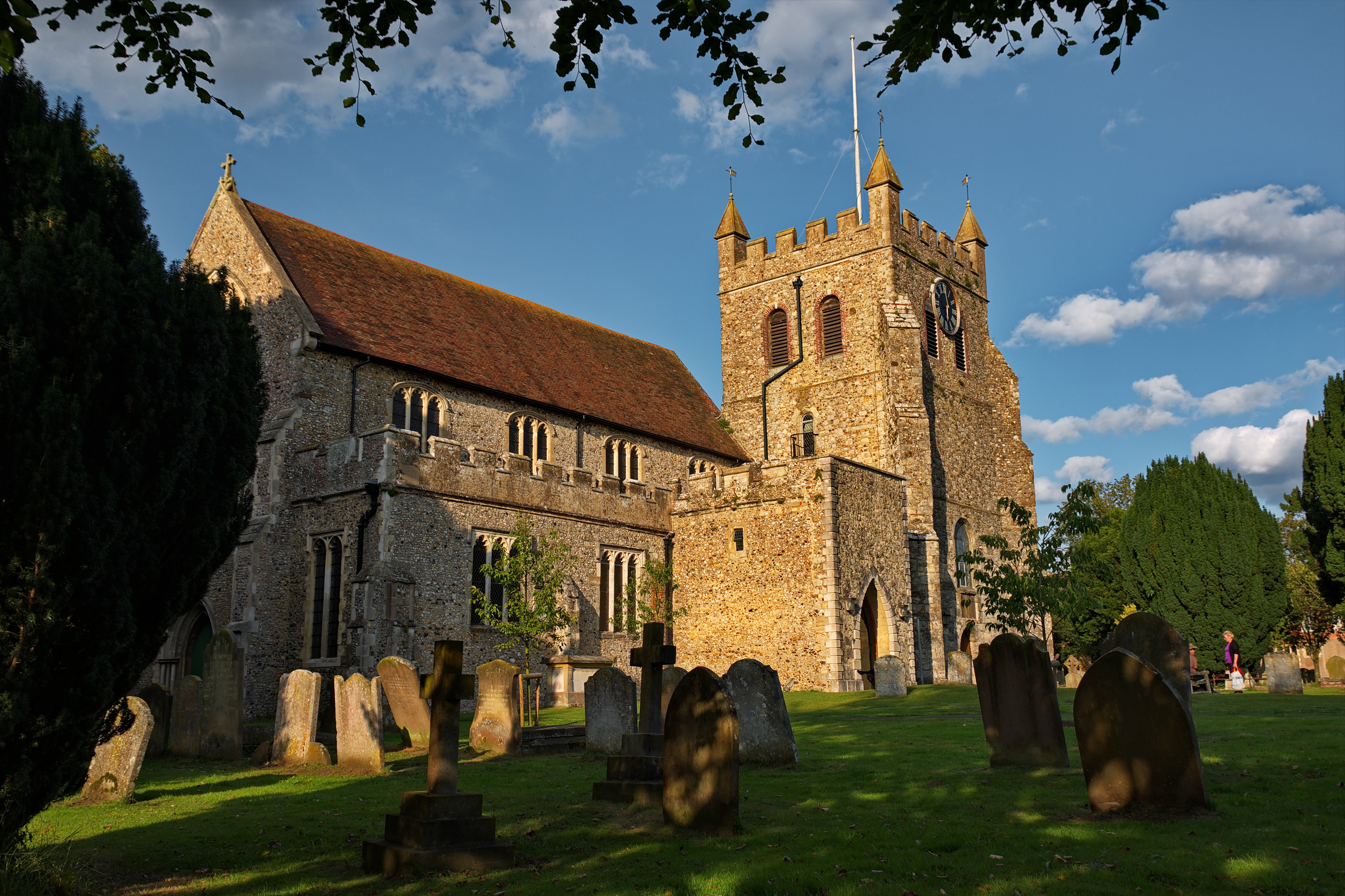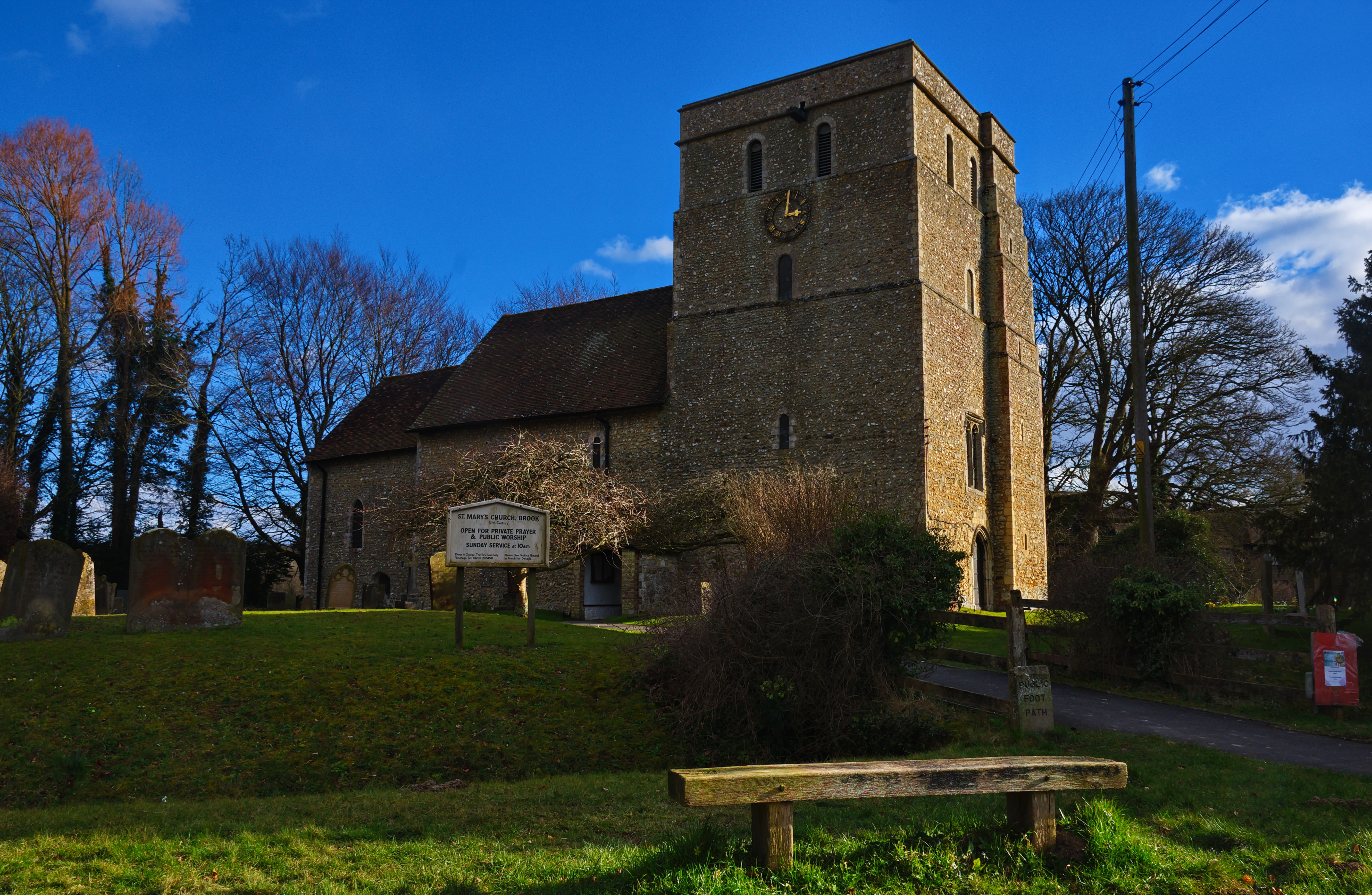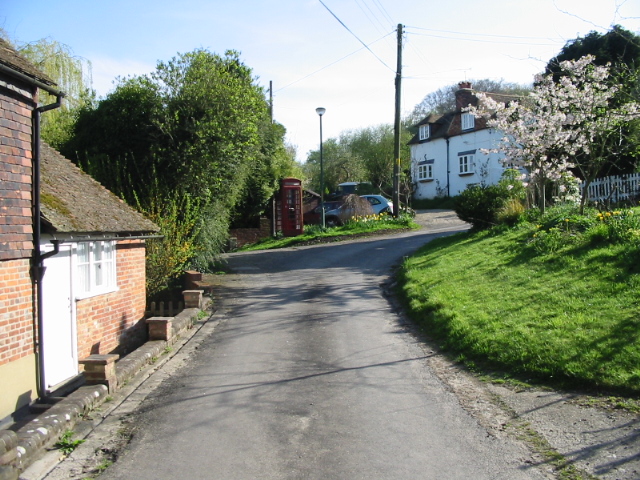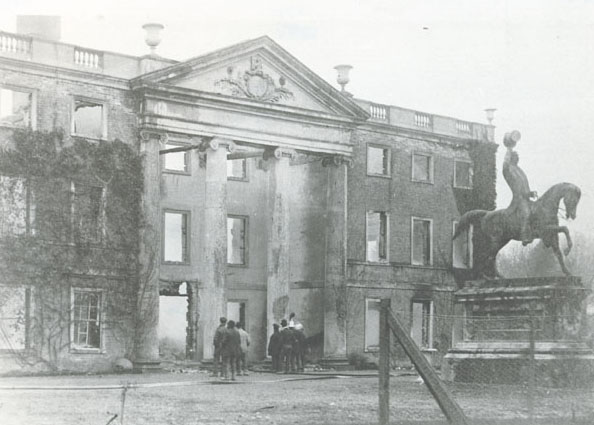Wye Downs
Downs, Moorland in Kent Ashford
England
Wye Downs
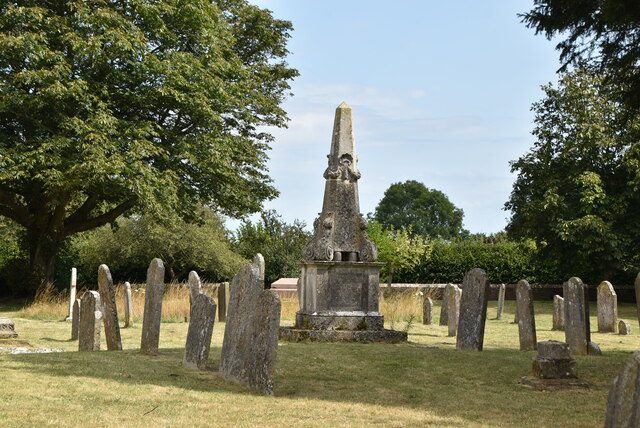
Wye Downs, located in Kent, England, is a picturesque area of natural beauty known for its stunning woodlands, rolling hills, and wide-open moorland. Covering an area of approximately 1,100 hectares, the site is a designated Area of Outstanding Natural Beauty (AONB) and is managed by the National Trust.
The landscape of Wye Downs is characterized by its chalk grassland, which supports a diverse range of plant species, including orchids, wildflowers, and rare grasses. This rich biodiversity makes it a haven for wildlife, with numerous species of birds, butterflies, and insects thriving in the area.
The woodlands in Wye Downs are predominantly composed of beech trees, creating a dense and enchanting canopy that provides shelter for various woodland animals, such as deer and foxes. The woodlands are also home to a network of walking trails, offering visitors the opportunity to explore the area and enjoy the tranquility of nature.
The moorland, on the other hand, offers a more open and expansive landscape, with panoramic views across the surrounding countryside. It is a popular spot for hikers, dog walkers, and nature enthusiasts, who can enjoy the sense of vastness and uninterrupted views.
The site is also of historical and archaeological significance, with traces of ancient settlements and burial mounds dating back thousands of years. These historical features add an extra layer of intrigue to the already captivating landscape of Wye Downs.
Overall, Wye Downs in Kent offers visitors a chance to immerse themselves in the beauty of nature, with its woodlands, moorland, and rich biodiversity providing a haven of tranquility and natural wonder.
If you have any feedback on the listing, please let us know in the comments section below.
Wye Downs Images
Images are sourced within 2km of 51.178313/0.96518269 or Grid Reference TR0746. Thanks to Geograph Open Source API. All images are credited.

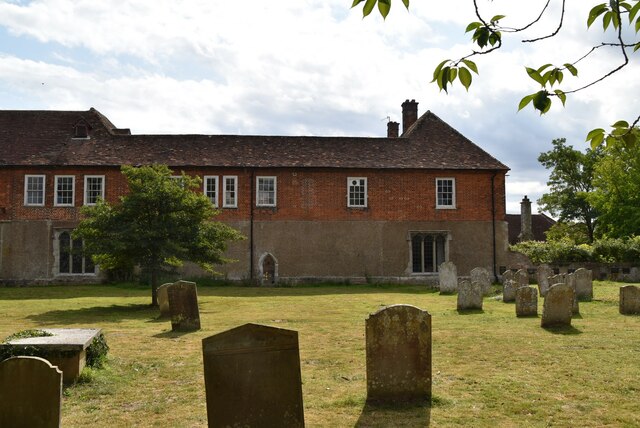
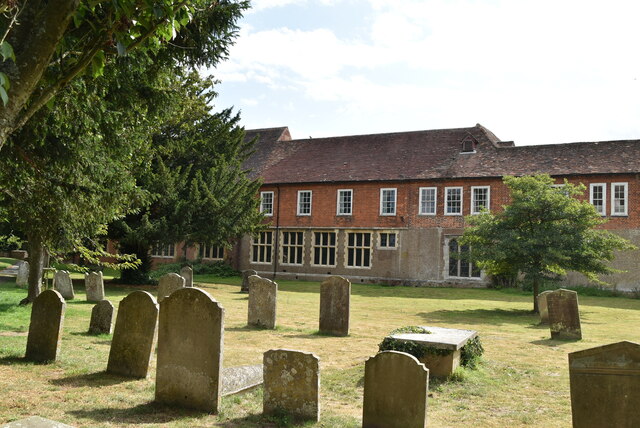
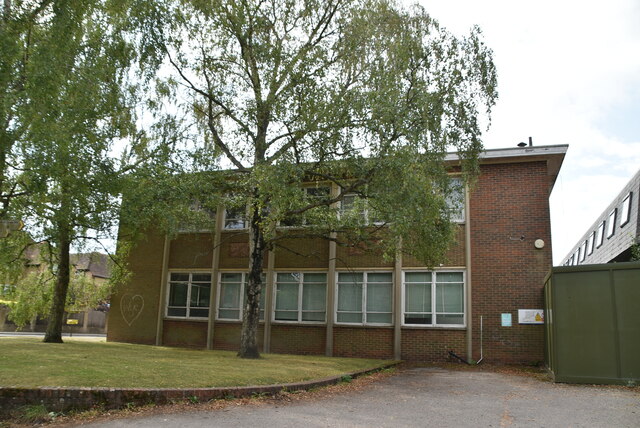

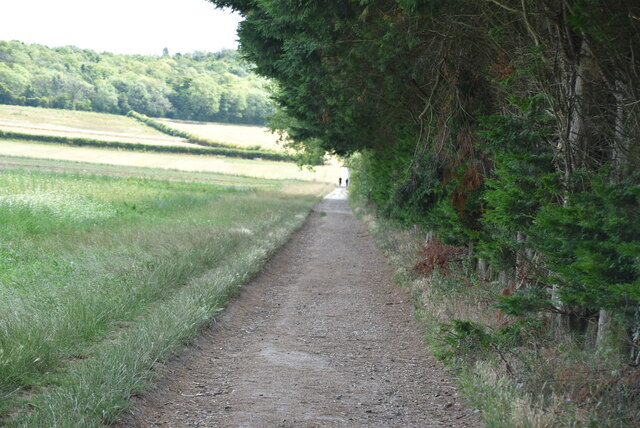
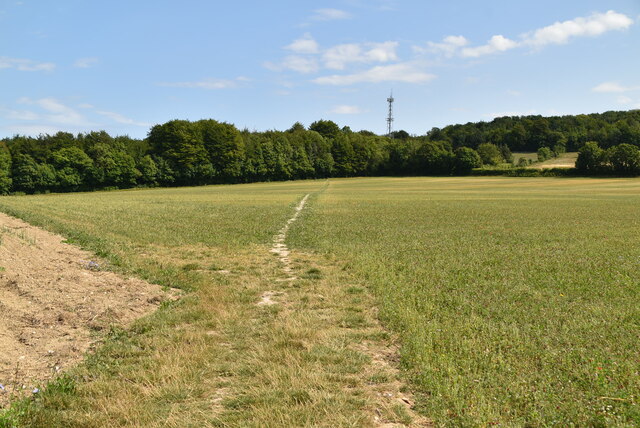
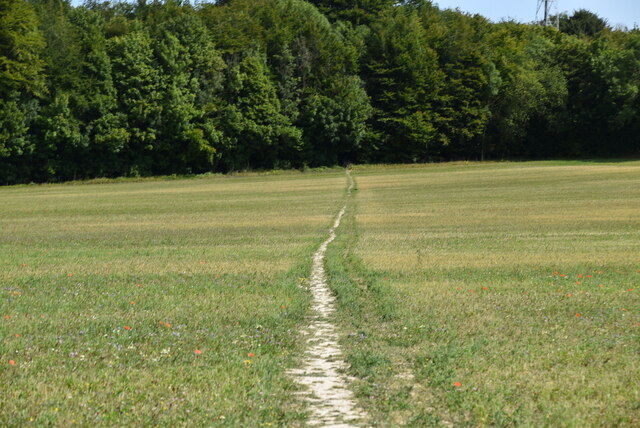
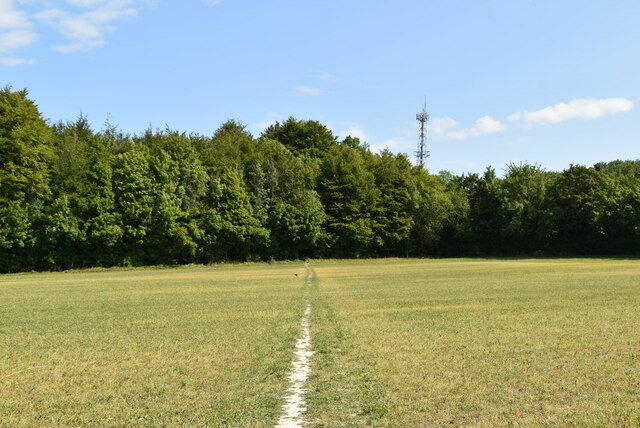
Wye Downs is located at Grid Ref: TR0746 (Lat: 51.178313, Lng: 0.96518269)
Administrative County: Kent
District: Ashford
Police Authority: Kent
What 3 Words
///astounded.fulfilled.impulses. Near Wye, Kent
Nearby Locations
Related Wikis
Wye and Crundale Downs
Wye and Crundale Downs is a 358.3-hectare (885-acre) biological and geological Site of Special Scientific Interest in a number of separate areas east of...
Wye with Hinxhill
Wye with Hinxhill is a hillside civil parish in the borough of Ashford northeast of Ashford, Kent itself, centred 3.7 miles (6.0 km) NNE of the town centre...
Wye School
Wye School is a British, mixed, secondary, free school in Wye, Kent. As of 2022, it is operated by United Learning. == History == Wye School opened in...
Wye College
The College of St Gregory and St Martin at Wye, commonly known as Wye College, was an education and research institution in the village of Wye, Kent. In...
Wye, Kent
Wye is a village and former civil parish, now in the parish of Wye with Hinxhill, in the Ashford district, in Kent, England, 5 miles (8.0 km) from Ashford...
Brook, Kent
Brook is a small village and civil parish in the borough of Ashford in Kent, England, centred 4.5 miles (7.2 km) east-northeast of the town of Ashford...
Crundale, Kent
Crundale is a mostly rural village and civil parish in the Ashford District of Kent in southeast England. The village covers a section of one of the dual...
Olantigh
Olantigh is an English house 1 mile (1.6 km) north of Wye in the civil parish of Wye with Hinxhill.The garden terraces and towered stable block were Grade...
Nearby Amenities
Located within 500m of 51.178313,0.96518269Have you been to Wye Downs?
Leave your review of Wye Downs below (or comments, questions and feedback).
